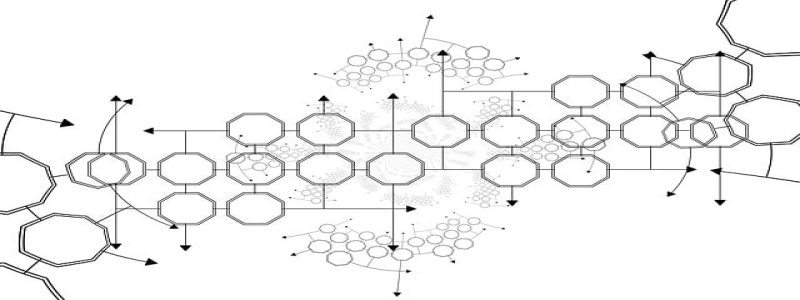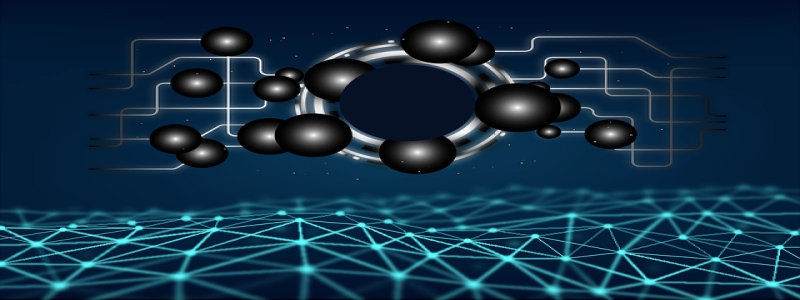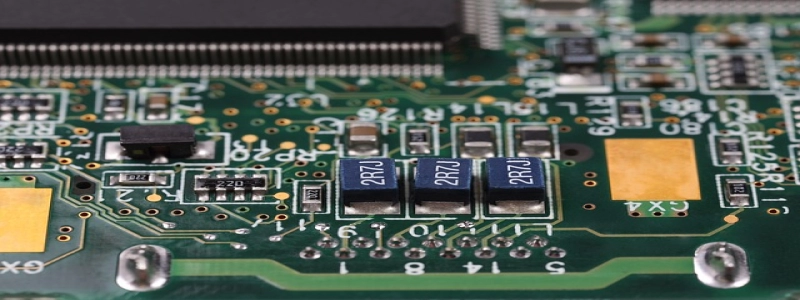What Does an Ethernet Switch Do?
Introduction:
Ethernet switches are crucial components of modern computer networks. They serve as the backbone for communication between devices within a network. This article will explain what an Ethernet switch is and the role it plays in managing data traffic.
I. Understanding an Ethernet Switch:
An Ethernet switch is a networking device that enables multiple devices to connect and communicate with each other within a local area network (LAN). It acts as a central hub, facilitating the exchange of data packets between connected devices. Unlike a hub that broadcasts data to all devices, a switch intelligently directs data only to the intended recipient.
II. How Does an Ethernet Switch Work?
1. Packet Forwarding:
An Ethernet switch receives data packets from various connected devices. It examines the destination address of each packet and determines the shortest path to reach the recipient. It then forwards the packet to the appropriate device while ignoring the unnecessary ports.
2. MAC Address Learning:
An Ethernet switch maintains a table known as the MAC address table. When a packet arrives at a switch, it learns the source MAC address and associates it with the corresponding port. This allows the switch to efficiently direct traffic to the intended device in the future, without flooding all ports.
3. Collision Domain Segmentation:
By segmenting the network into multiple collision domains, an Ethernet switch reduces the chance of data collisions. This enhances network performance and minimizes the likelihood of packet loss or delays caused when multiple devices attempt to transmit data simultaneously.
III. Types of Ethernet Switches:
1. Unmanaged Switch:
An unmanaged switch is a basic plug-and-play device that requires no configuration. It simply facilitates network connections between devices, without any advanced features or customization options.
2. Managed Switch:
A managed switch provides more control and configuration options. Network administrators can monitor and manage the switch remotely, configure specific settings, and implement security measures to ensure optimal network performance.
IV. Benefits of Using an Ethernet Switch:
1. Improved Performance:
As an Ethernet switch directs data only to the intended recipient, it reduces network congestion and improves overall performance. Each device can communicate independently and simultaneously, without affecting others.
2. Security:
Ethernet switches provide a higher level of security compared to hubs. The switch’s ability to direct data only to the intended device prevents eavesdropping and unauthorized access to network traffic.
3. Scalability:
Ethernet switches offer scalability as additional devices can be easily connected to the network without affecting its overall performance. They support high-speed connections and can accommodate larger networks as they grow.
Conclusion:
Ethernet switches play a vital role in computer networks by enabling efficient data exchange between connected devices. Their ability to intelligently forward packets, segment collision domains, and provide scalability makes them essential for modern network infrastructures. By understanding how Ethernet switches work and their benefits, network administrators can design and manage networks that are secure, reliable, and capable of meeting increasing demands.








